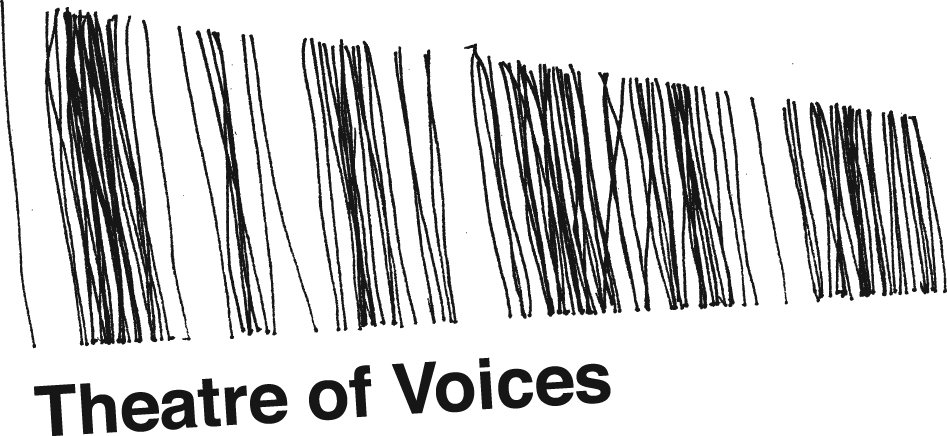Defining a new standard of vocal mastery
24.02.15, Bachtrack.com
4 out 5 stars
Theatre of Voices is certainly one of the most innovative vocal ensembles of the 21st century. Defining a new standard of vocal mastery, Theatre of Voices revitalized a masterpiece of the Darmstadt School, Karlheinz Stockhausen’s Stimmung. Composed for six amplified voices, this seldom performed work evokes a meditative atmosphere through esoteric mysticism and complex serial methods of aleatoric construction.
While aleatoric serialism sounds like an oxymoron, the idea is less farfetched than it seems; Little Red Riding Hood must take the bread to her grandmother, but it does not matter if she takes the bus or walks, arrives tomorrow or next spring. Fifty-nine models in a predetermined order are performed for undetermined lengths of time. This indeterminacy of time creates the illusion of impromptu invention, and the result decompresses the mind as it deactivates the desire for anticipation. Much of western music relies on the dualism of conflict and resolution, i.e. dominant and tonic, and it is in Stockhausen's genius that this anticipated dualism is extinguished.
In order to utilize all possible variation, Stockhausen applied a serial method. He did not involve the chromatic scale, but rather the notes of the harmonic series (on B flat), rhythms, techniques and intensities. Unlike most vocal works, the lyrics of Stimmung are not of any narrative importance. Sometimes in English, sometimes in German, words are interspersed throughout the work when the vocalists are not playing games with vowels and consonants. Four poems are spoken throughout – three nonsensical, risqué verses by Stockhausen himself and one describing a bird’s flight – in addition to days of the week and the word “barbershop”. Stockhausen had visited Mexico and Hawaii in years following the composition of Stimmung, and the influence of mythologies from these cultures ultimately consummated in this work. Consequently, the vocalists drew cards before the performance with the names of gods and goddesses from ancient cultures from around the world. These names were interjected at will throughout the performance, but it was not only these magic names that awoke a sense of wonder because the staging was altogether ceremonious.
A glowing orb rested at the center of the stage encircled by six cushions on a small rug, while a bright orange light of the sacral chakra radiated against a striped blue background. The first vocalist entered the auditorium, bare-footed, and sat silently in half-Lotus position to await her comrades. The ensemble slowly congregated around the glowing orb, bowed and lifted their microphones. As if a call to prayer to welcome the audience to the ritual, the vocalists began humming a unison B flat, the fundamental core of the piece, glittered with a kaleidoscope of overtones.
Vocalists Else Torp, Louise Skovbæch, Randi Pontoppidan, Wolodymyr Smishkewych, Chris Watson and Jakob Bloch Jespersen all have exceptional percipience as individual leaders. The communication among members of the group was critical to the success of the spontaneous character of the work, and each member had a sharp understanding of what new section was being introduced and responded thoughtfully in imitative or reactive reply. Theatre of Voices effectively executed the eclectic omnium-gatherum of extended techniques demanded by Stockhausen. For a piece so crucially atmospheric, a mid-winter audience with mild respiratory conditions and clad in slippery boots often removed the mind from serenity, but the artistry of the ensemble was undoubtedly stupefying.
Jacob Slattery
